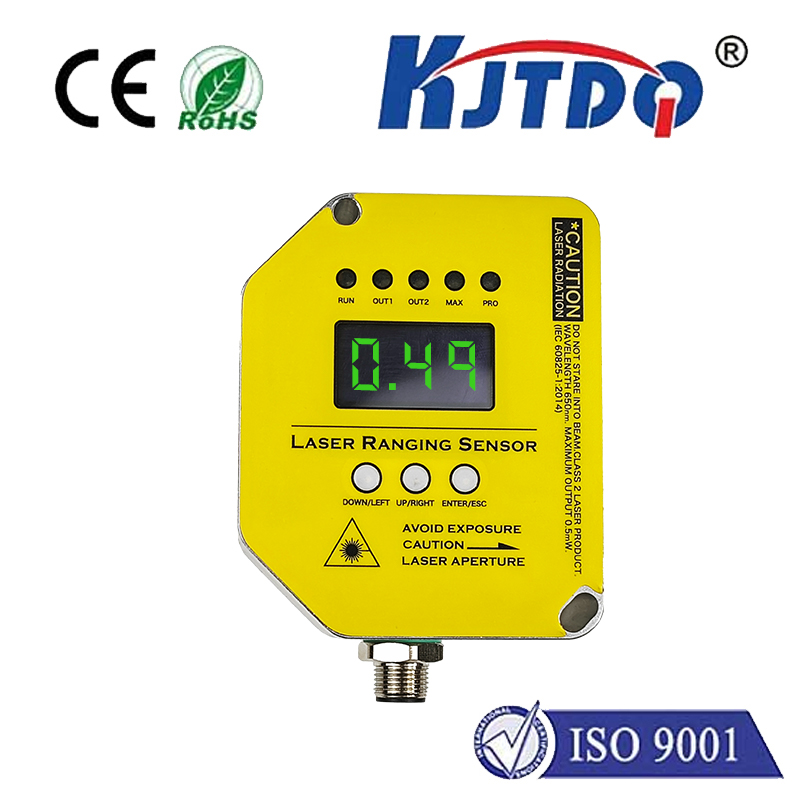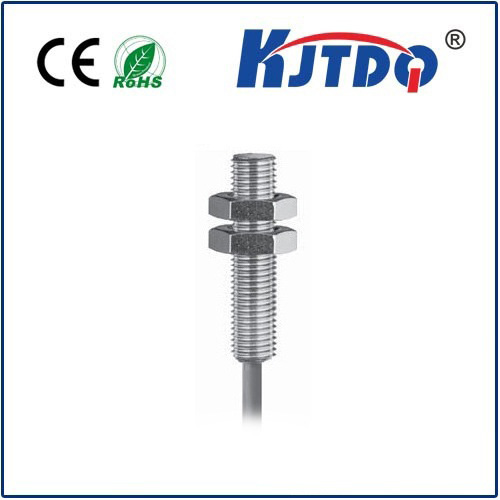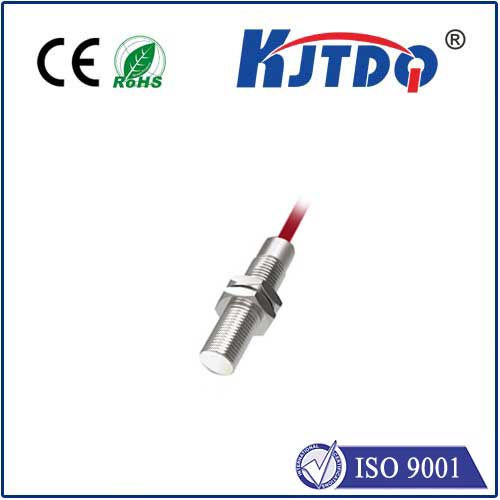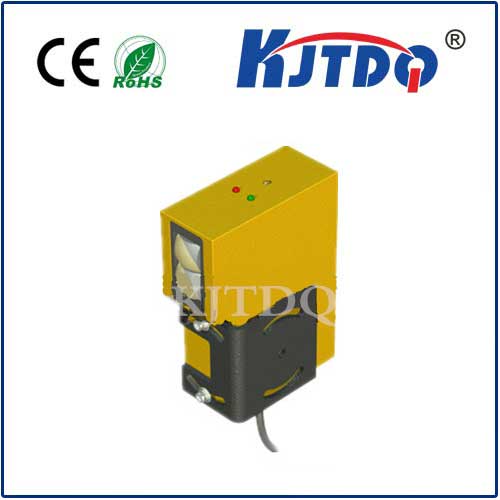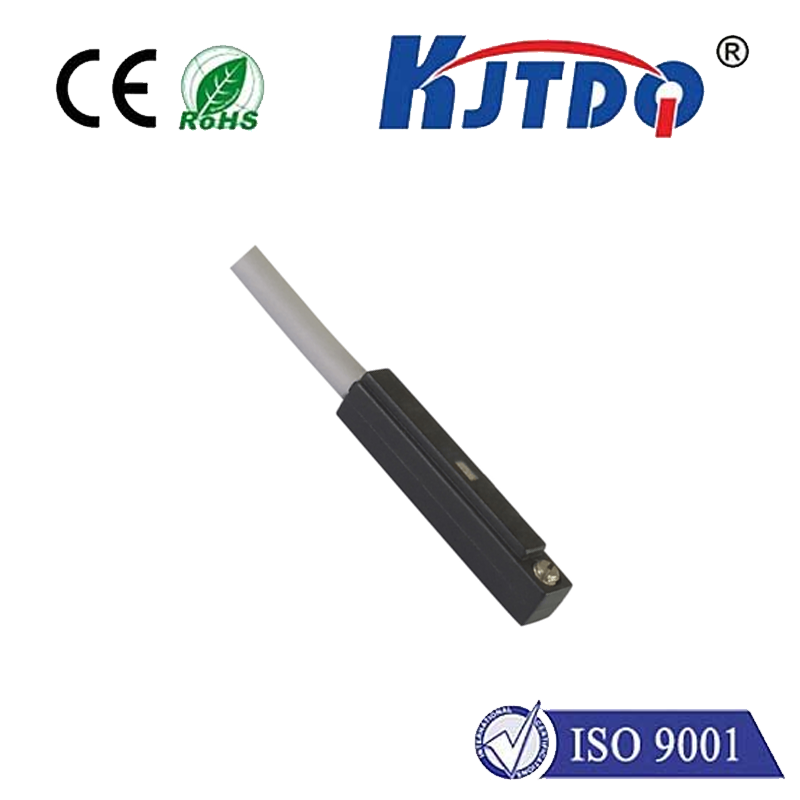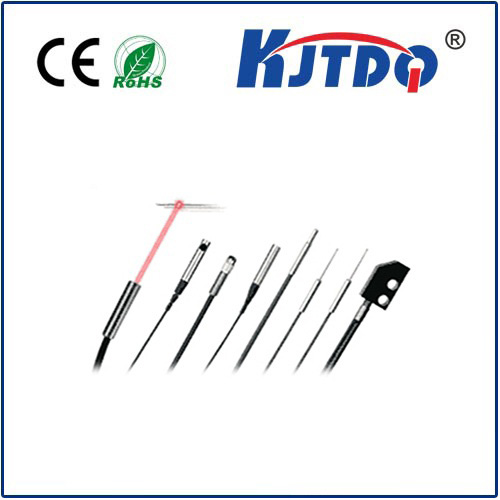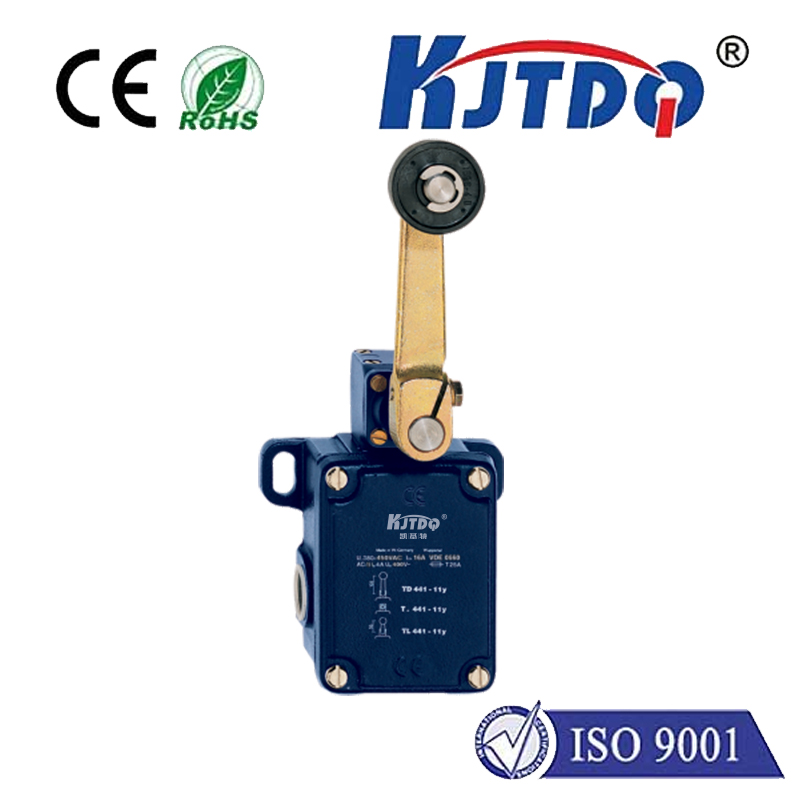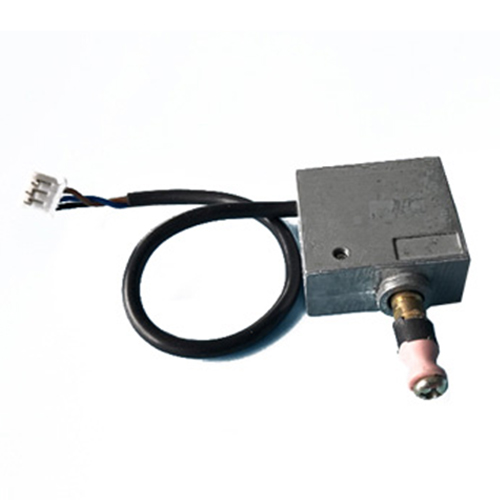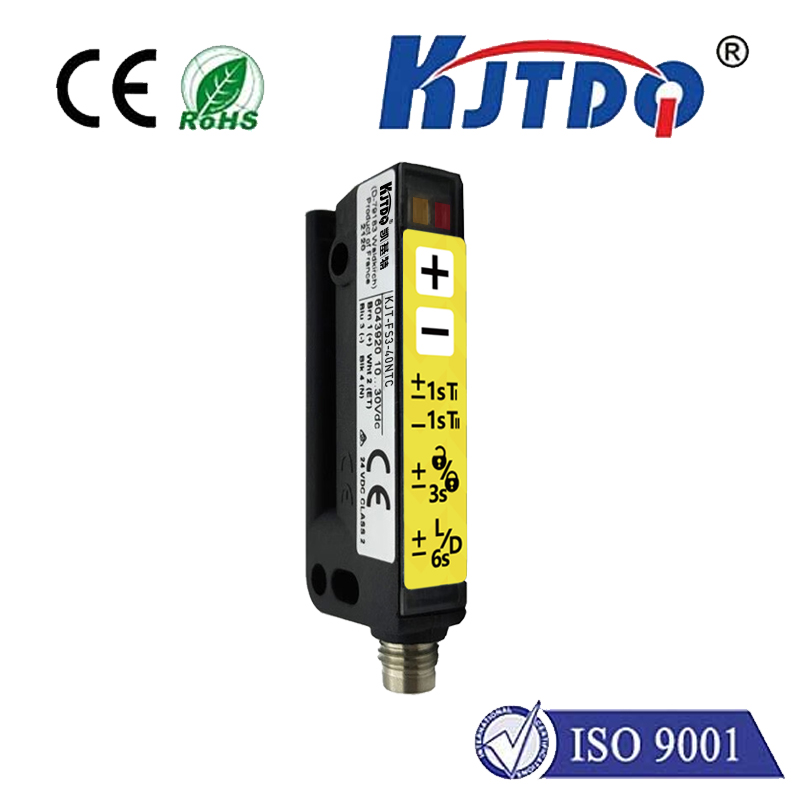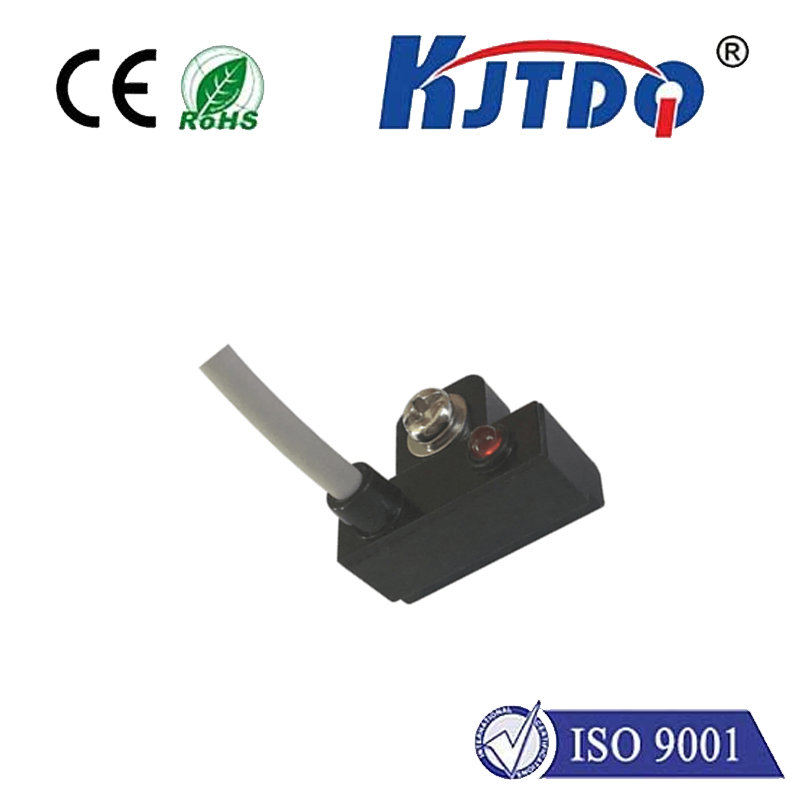

check

check

check

check

check

check

check

check

check

check
Light. It travels vast distances almost instantly, carries immense information, and responds exquisitely to its environment. Harnessing this power for precise measurement is the domain of fiber optic sensing, and within this realm, extrinsic fiber optic sensors (EFOS) stand out as uniquely versatile tools. Unlike their intrinsic cousins where light within the fiber is modulated by the measured parameter, EFOS act as sophisticated intermediaries. Here, the optical fiber primarily serves as a light transmission conduit, delivering light to and from a specialized external element – the transducer – where the actual sensing magic happens. Understanding this distinct architecture unlocks a world of measurement possibilities in challenging environments.
The Core Distinction: Fiber as Pathway, Not Sensor
The defining characteristic of an extrinsic fiber optic sensor lies in its separation of functions. The optical fiber itself exhibits minimal interaction with the parameter being measured (like temperature, pressure, vibration, or chemical concentration). Its primary, crucial role is to efficiently guide light from a source (often an LED or laser) to the external sensing head and then carry the modified light signal back to a detector and processing unit.
This external sensing head is the heart of the EFOS. It’s meticulously designed to interact specifically with the target parameter. For instance:

The light delivered by the fiber interacts with this transducer. The interaction could involve changes in:
Why Choose Extrinsic Fiber Optic Sensors? The Compelling Advantages
The specific architecture of EFOS unlocks a set of advantages that make them indispensable in numerous demanding applications:
Where Extrinsic Sensors Shine: Diverse Applications
The unique strengths of fiber optic sensors, particularly the extrinsic type, drive their adoption across critical industries:
Innovation and the Future
Extrinsic fiber optic sensor technology is far from static. Continuous advancements focus on enhancing sensitivity through novel transduction mechanisms and materials, developing multiplexing techniques to deploy large arrays of sensors on a single fiber line for distributed monitoring (though often leveraging intrinsic principles alongside extrinsic heads), improving robustness and cost-effectiveness of sensing heads, and facilitating integration with Industrial Internet of Things (IIoT) platforms for real-time analytics and predictive maintenance. Research into nanomaterials and advanced photonics promises even smaller, smarter, and more sensitive extrinsic probes.
The Guiding Light of Precision
Extrinsic fiber optic sensors represent a masterful solution to complex measurement challenges. By strategically using the optical fiber as a passive conduit and concentrating the sensing physics in an optimized external element, EFOS overcome limitations inherent to electrical sensors and intrinsic fiber sensors in many scenarios. Their fundamental immunity to EMI, intrinsic safety, capability for remote operation over long distances, and suitability for extreme environments establish them as indispensable tools. As transduction technology advances and integration improves, the role of these sophisticated optical workhorses in safeguarding infrastructure, enabling scientific discovery, and optimizing industrial processes will only expand, truly illuminating the path to more precise and reliable sensing.
